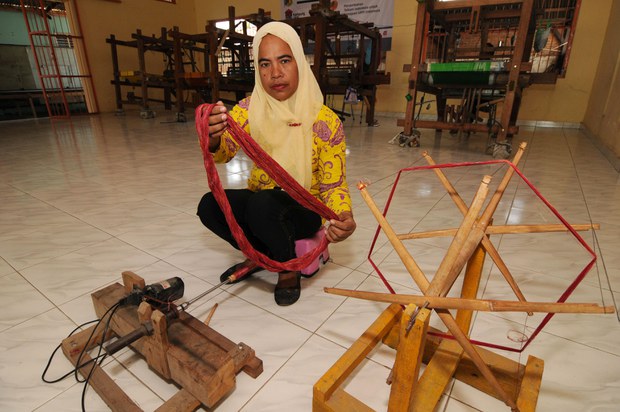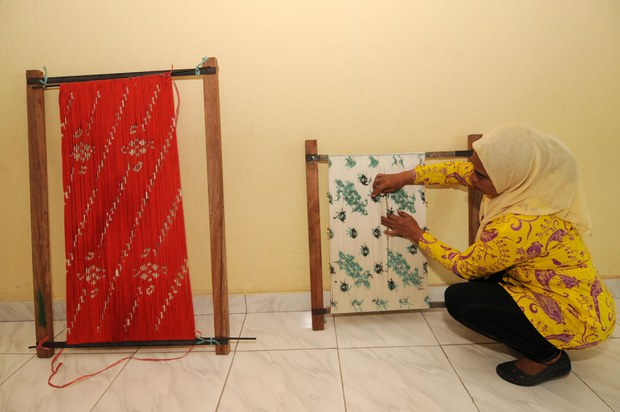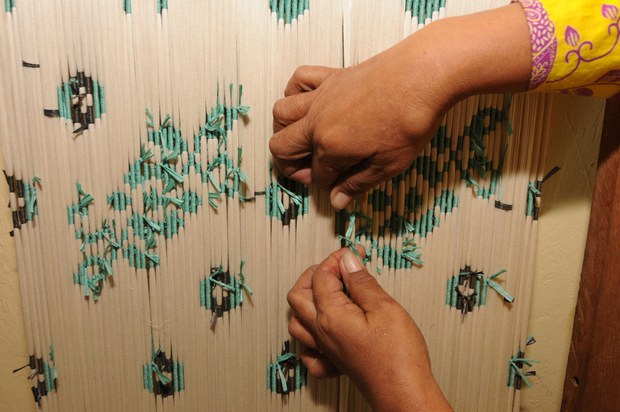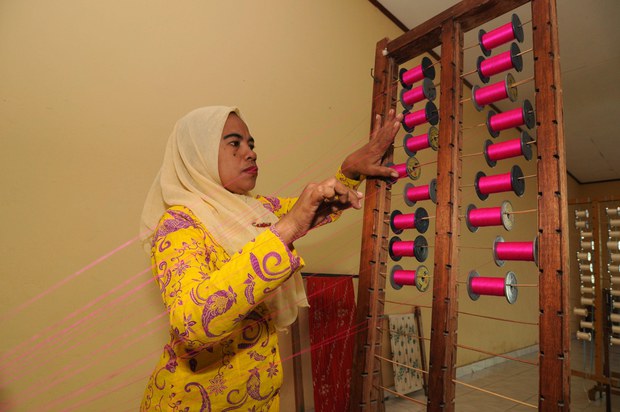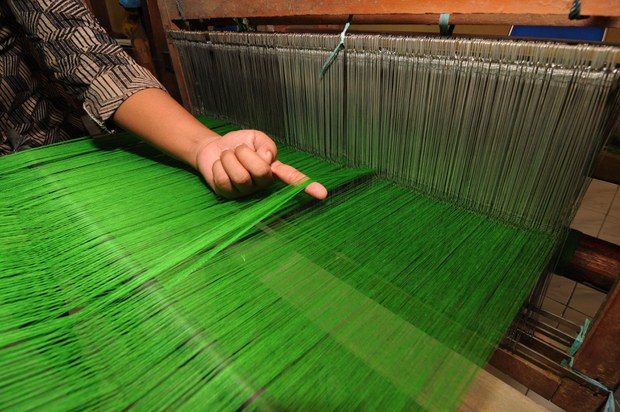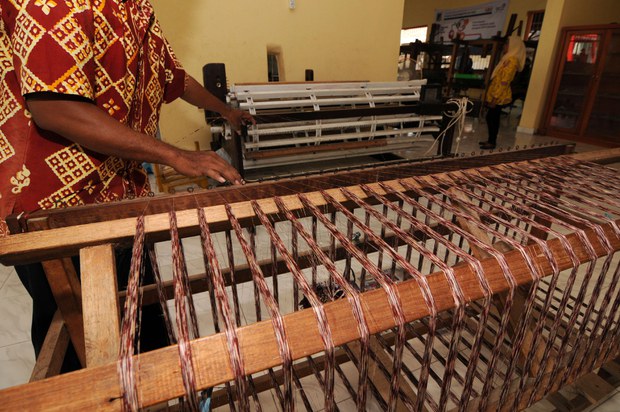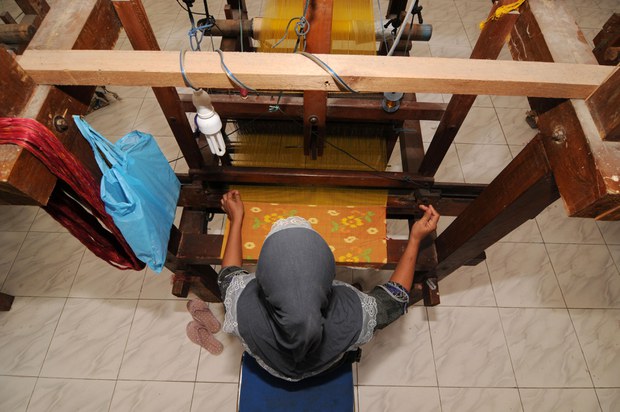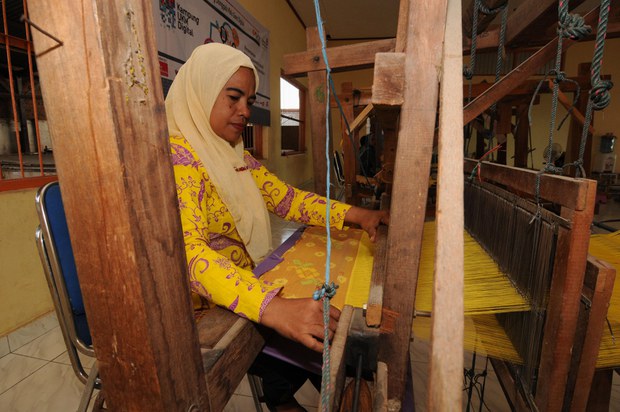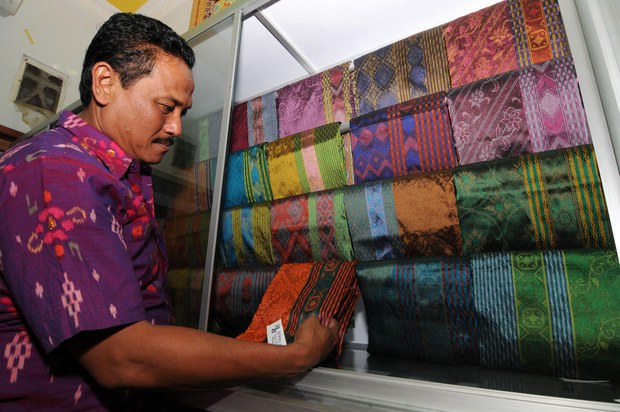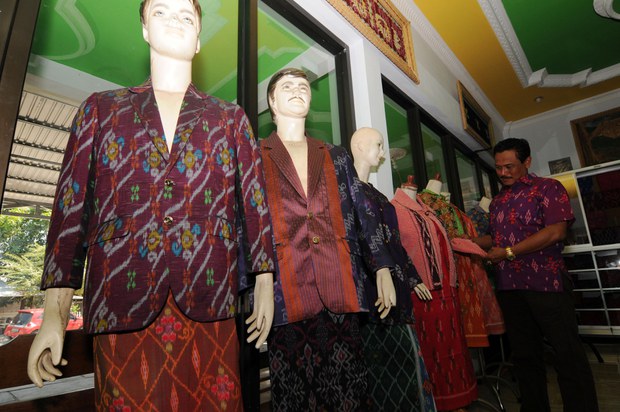Batik Craft Endures in Palu, Indonesia
2015.11.13
Almost each region in Indonesia has its unique style of batik, the craft of textile-making where patterns are hand-printed onto pieces of cloth.
Westerners might be more familiar with the Indonesian batik style of shirts, sarongs and dresses that involves dyes and waxes. But in Palu, the capital of Central Sulawesi province, the style is known as tenun Bomba or batik Bomba, and it relies heavily on motifs being woven into the textile. “Bomba” means “openness and togetherness.”
The bomba-style of batik-making has existed in Palu for many generations, but fewer and fewer young people are interested in the craft. In 2008, the Regional Craft Council of Central Sulawesi invited an instructor from Pekalongan, Central Java, to train a number of high school dropouts and unemployed youths in batik Bomba.
They were taught how to weave clothes and make batik with traditional tools. That initiative boosted the local industry for some time, but it has since struggled. Raw materials for making batik are expensive and hard to find, and they usually have to be shipped in from the island of Java.
According to the Batik Bomba Association of Central Sulawesi, only a few dozen people are still actively involved in the craft. Nevertheless, the local style is highly sought by Batik enthusiasts, and they come to the province from far and wide to buy garments and other batik pieces.









